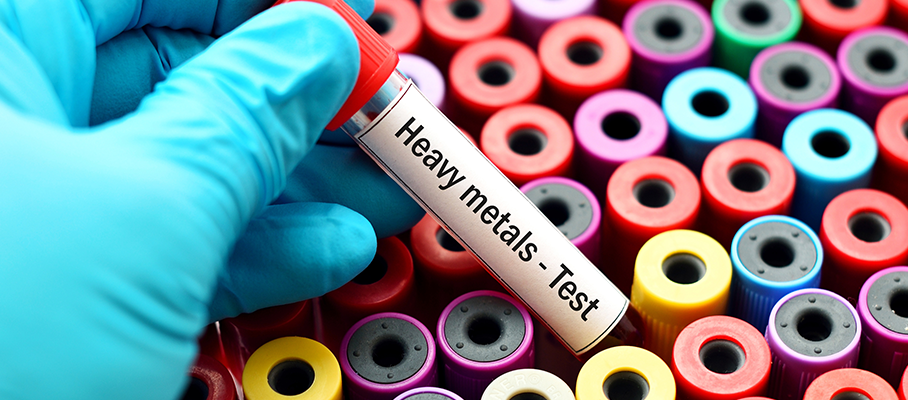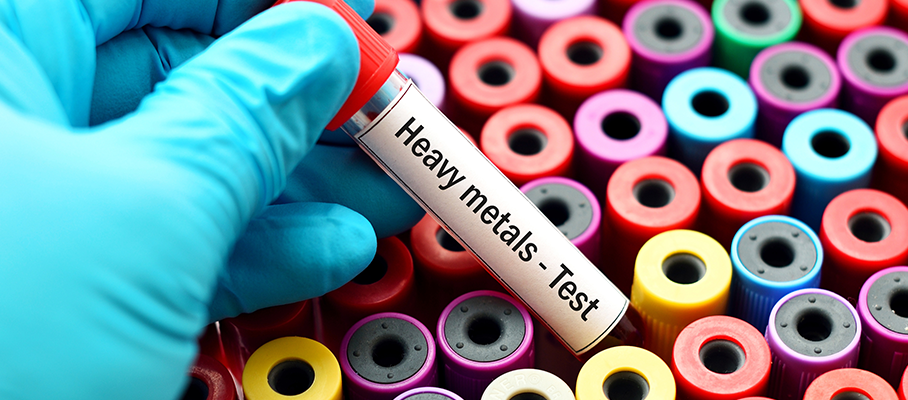Latest Blogs
Top 10 Sources of Hidden Sodium!
Research and studies support that cutting down on Salt Consumption lowers your blood pressure thereby reducing your risk for Stroke and Heart Attack. The American Heart Association recommends consuming less than 1 teaspoon of Salt per day. Indian foods and spices are slightly on the higher end in Salt content and add to it the high sodium content that we consume through processed and ready to cook foods.













